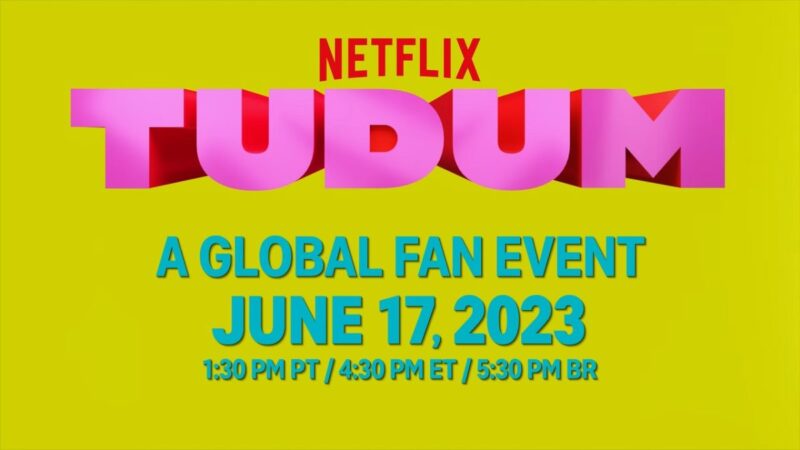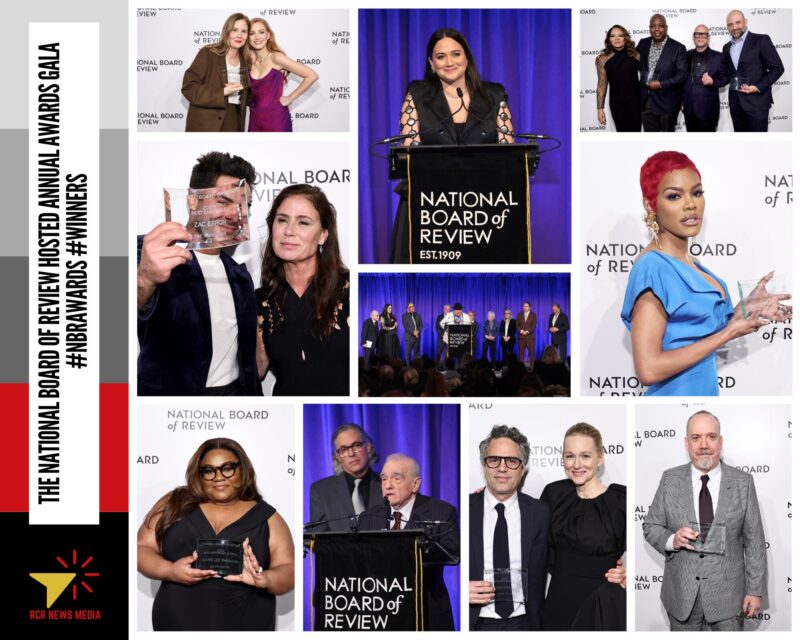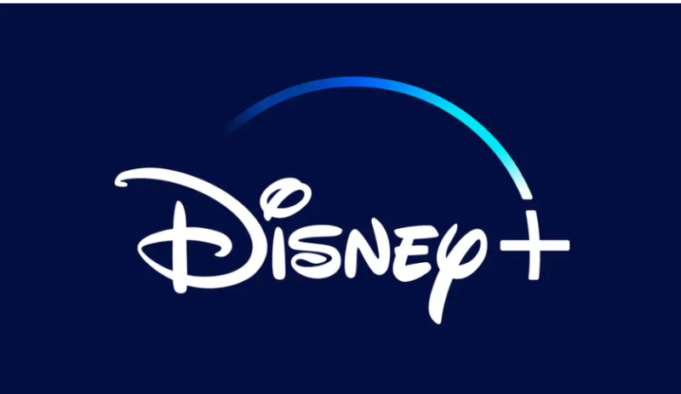On Wednesday, Disney announced price increases for all of its streaming services (Disney+, Hulu, ESPN+) and subsequent bundles.
Disney+, Hulu, and ESPN+ Standalone Plans:
| Subscription | Plan | Monthly | Annual |
| Disney+ | Basic (With Ads) | $7.99 | N/A |
| Premium (No Ads) | $10.99 | $109.99 | |
| Hulu | Basic (With Ads)** | $7.99 | $79.99 |
| Premium (No Ads)** | $14.99 | N/A | |
| ESPN+ | With Ads* | $9.99 | $99.99 |
| UFC PPV* | $74.99 (per event) | ||
| UFC PPV + Annual* | N/A | $124.98 |
*Effective as of August 23, 2022 (previously announced)
**Effective as of October 10, 2022
Disney Bundle Plans:
| Subscription | Plan | Monthly |
| Disney Bundle | Basic (With Ads): Disney+, Hulu | $9.99 |
| Basic (With Ads): Disney+, Hulu, ESPN+ | $12.99 | |
| Legacy^: Disney+ (No Ads), Hulu (With Ads), ESPN+ (With Ads) | $14.99 | |
| Premium: Disney+ (No Ads), Hulu (No Ads), ESPN+ (With Ads) | $19.99 |
^Existing subscribers only
Hulu + Live TV Plans:
| Subscription | Plan | Monthly |
| Hulu + Live TV | Basic (With Ads): Disney+, Hulu, ESPN+ | $69.99 |
| Legacy^: Disney+ (No Ads), Hulu (With Ads), ESPN+ (With Ads) | $74.99 | |
| Premium: Disney+ (No Ads), Hulu (No Ads), ESPN+ (With Ads) | $82.99 |
^Existing subscribers only
This news came in conjunction with the announcement of Disney instituting a new ad-supported tier for Disney+ in order to “deliver more choice to its consumers than ever before”. The news also comes on the verge of the company revealing an increase in subscribers placing the current count at around 151 million. Yet it also revealed that across its streaming portfolio, the products combined for a loss of $1.1 billion.
So what does this say to you?
We’ve known for years that while Netflix remained the king of streaming with the largest customer base, its overinflated spending on original content built up a massive financial deficit the company is still reeling in as it continues to see subscribers drop. Remaining in the red combined with subscriber loss forced them to develop initiatives on the cracking down of password sharing along with an ad-supported tier to try to attract new subscribers or lapsed customers. Now Disney, arguably THE world conglomerate in all of entertainment is showing some similarities with Netflix. While its reported loss in streaming is certainly not on the level of Netflix; it’s already making some moves to cap bleeding by instituting the ad-supported tier. This new standard in its streaming offerings is not likely to change either once the company reaches its 200 million plus subscriber goal.
In 2022, there are generations in the world that don’t remember the origins of subscription cable and its original purpose of expanding access to programming with less advertising revenue needs. This would change in later years with the advent of premium channels such as HBO. Ironically, in the 2010s’ cable would begin its largest audience splinter as viewers began to cut the cord by joining the growing number of subscription streaming in the hopes of seeing more content with no commercials for medications containing horrible side effects. We could be seeing the tipping point of streaming the services promise. Disney’s new pricing ranks among the most expensive, even its ad-supported tier is $3 more per month than Apple, Paramount, and Peacock. Reports place the upcoming run time of ads within Disney+ at 3-4 minutes. Likely to be spread out in commercial breaks during content.
With households typically subscribing to between 3-4 streaming services each, providers are looking for ways to make their pricing continue to be a small enough line in our monthly budgets that we balance without question. Personally, I hate losing the annual option of Disney+. It was one less thing I had to see on my credit card every month and I don’t see any streaming service is valuable enough to have to pay a double-digit per month price for a commercial-free option.
In 2023, new pricing effects across all platforms and the incoming super service from Warner/Discovery will cause an even bigger disconnect between streaming and part of its original intent. Terms of service for companies are more likely to change and customers will need to keep an eye on information sharing as the new ad-supported options will come with additional revenue stream opportunities for streaming companies (most have options to opt out of 3rd party information sharing). I’ve talked to several households participating in viewership rating surveys and over the past year, most have had measuring equipment upgraded to now read internet and streaming use. Just a few years ago these boxes and diaries only measured off-air and cable signals from television sets.
In the coming weeks, I’ll be diving into a reexamination of each major streaming service talk in order about the limitations of each in terms of value and household features in the U.S. For now, we’ll just have a good time watching She-Hulk and Andor without commercials.


















